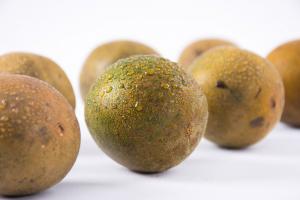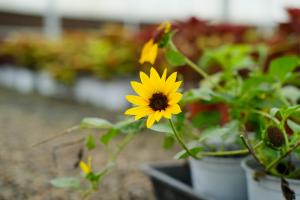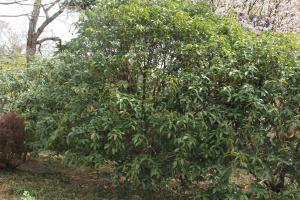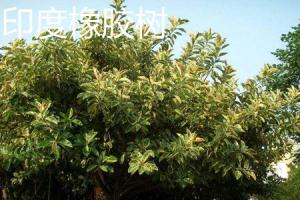1、 Climatic characteristics of Xishuangbanna
Xishuangbanna has a tropical monsoon climate. Xishuangbanna has sufficient sunshine, abundant solar and thermal energy and abundant rainfall. The annual rainfall is about 1136-1513 mm, and the annual average temperature is about 21 ℃. Xishuangbanna is divided into dry season and wet season. The dry season is from November to April of the next year. At this time, there are less clouds and rain, strong light and dense fog and dew. The wet season is from May to October. At this time, there are more clouds and rain, less wind speed, less sunshine, high temperature and high air humidity
2、 What flowers are suitable for Xishuangbanna
The climate of Xishuangbanna is very suitable for the growth of flowers and plants. Most of the plants are suitable for growing here. They are suitable for raising bodhi trees, banyan trees, palm palm leaves, betel nuts, sugar palm, lotus, Manjusri, turmeric flowers, egg flowers, Myanmar osmanthus, Diyong Golden Lotus, bitter rattan flowers, plantain, skullcap, silver ribbon shrimp ridge orchid, ball flower Dendrobium, drum hammer Dendrobium, porcelain rose, false sea Tung, elbow flower, mountain shell bone, wild chrysanthemum, white orchid, pineapple, Phoenix Sandalwood, clove, borneol, mysterious fruit, dancing grass, pig oil melon, triangle plum, pitcher grass, Ylang Ylang, etc
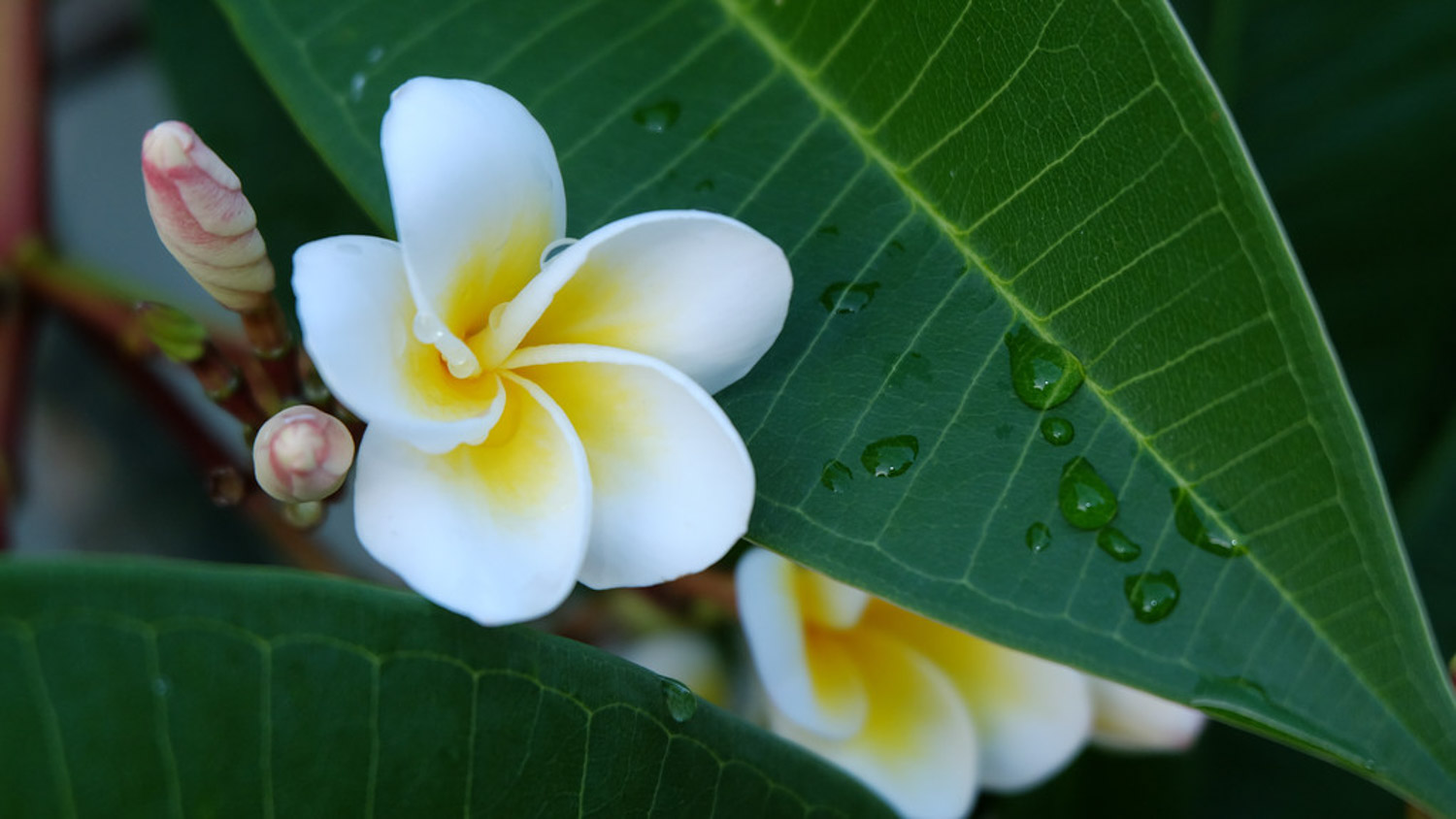
3、 What are the city flowers and trees in Xishuangbanna
Xishuangbanna generally refers to the Dai Autonomous Region of Xishuangbanna. The city flower of Jinghong City under its jurisdiction is yellow orchid, and the city tree is bodhi tree. Both the city flower and the city tree are common plants in Xishuangbanna. Yellow orchid is regarded by ethnic minorities as a symbol of wealth and luxuriance. The bodhi tree has strong vitality, eternal green and deep national feelings, which expresses the yearning and pursuit of good luck, happiness and happiness of Jinghong citizens
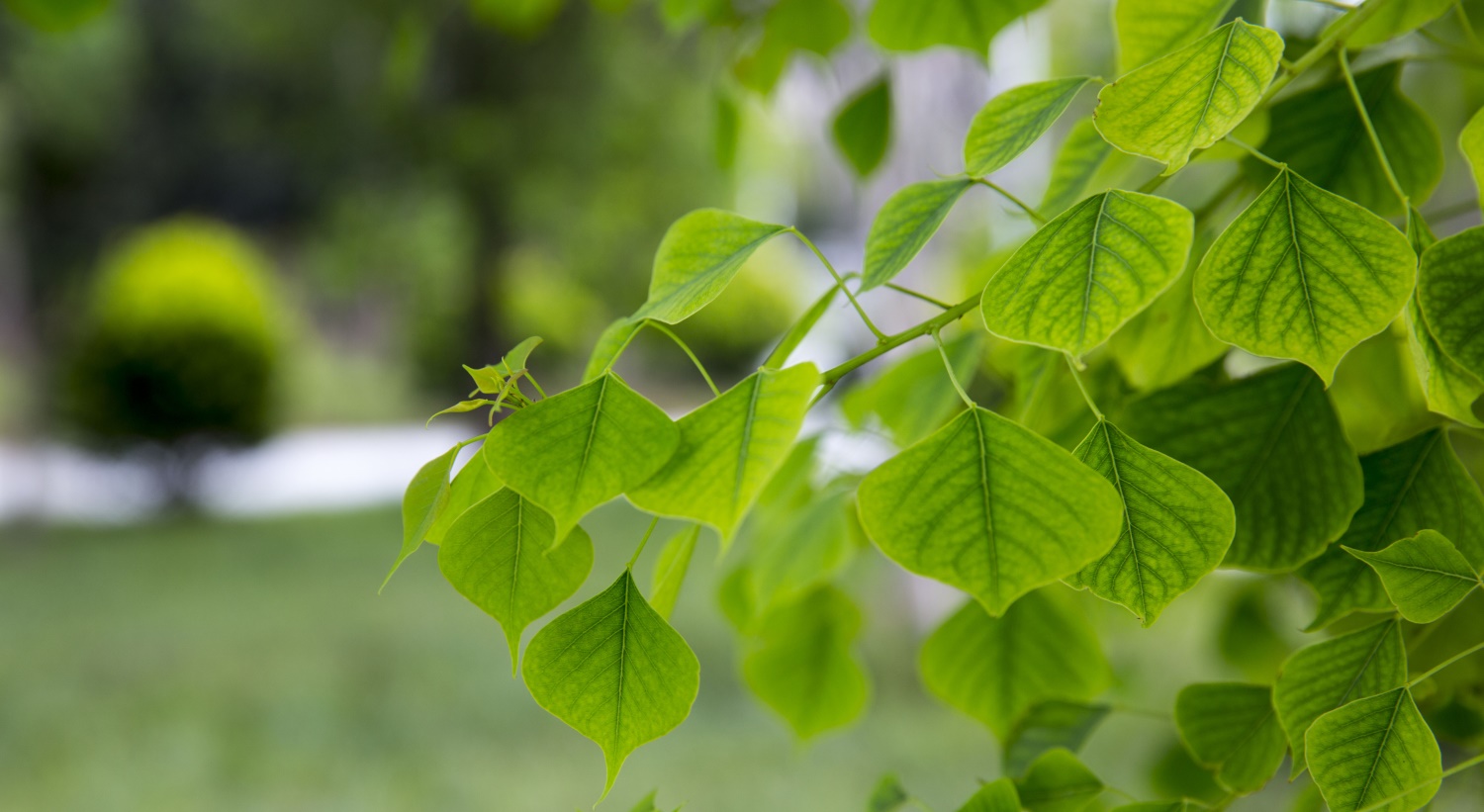

 jackfruit
jackfruit snake plant
snake plant hibiscus
hibiscus hydrangea
hydrangea lavender
lavender Green roses climb al...
Green roses climb al... If you don't pay att...
If you don't pay att... Management of four g...
Management of four g...


